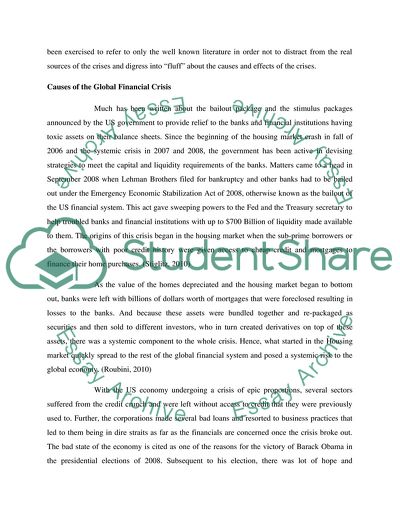Cite this document
(Asian Financial Crisis Versus Global Financial Crisis Term Paper, n.d.)
Asian Financial Crisis Versus Global Financial Crisis Term Paper. Retrieved from https://studentshare.org/macro-microeconomics/1743586-asian-financial-crisis-versus-global-financial-crisis
Asian Financial Crisis Versus Global Financial Crisis Term Paper. Retrieved from https://studentshare.org/macro-microeconomics/1743586-asian-financial-crisis-versus-global-financial-crisis
(Asian Financial Crisis Versus Global Financial Crisis Term Paper)
Asian Financial Crisis Versus Global Financial Crisis Term Paper. https://studentshare.org/macro-microeconomics/1743586-asian-financial-crisis-versus-global-financial-crisis.
Asian Financial Crisis Versus Global Financial Crisis Term Paper. https://studentshare.org/macro-microeconomics/1743586-asian-financial-crisis-versus-global-financial-crisis.
“Asian Financial Crisis Versus Global Financial Crisis Term Paper”, n.d. https://studentshare.org/macro-microeconomics/1743586-asian-financial-crisis-versus-global-financial-crisis.


